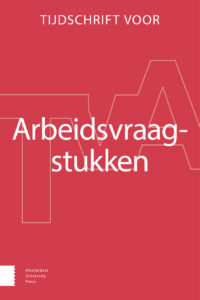Ukraine’s resilience in the first months of Russian aggression came as a great surprise to both its Moscow adversaries and Western partners. Very few experts expected Ukraine to withstand the all-out military assault of the alleged second-best army in the world, and virtually no one believed that it would be able to fight back. An overblown image of Russian strength and military prowess may be one reason for this, but probably more significant was a protracted neglect and depreciation of Ukraine in both Western media and political circles. All of a sudden, it appeared that neither the state—broadly described as weak, corrupt, and dysfunctional—collapsed under the tremendous military assault, nor the society—broadly stereotyped as divided, conflicted, and arguably balancing at the verge of a civil war—broke down for the proverbial two parts. One may presume either that some negative features and tendencies of Ukraine’s development were exaggerated or that some positive tendencies were neglected, undermined, or both. To elucidate the issue, I proceed in three steps. First, I outline briefly the real curses that plagued the Ukrainian state and society after the fall of communism and provide some reasons for international skepticism in regard to the newborn country. Second, I argue that very important and mostly positive (although incoherent and sluggish) changes had occurred in Ukraine in the past 30 years, so that the Russian aggression neither established any new patterns for Ukraine’s development, nor shifted the country into a new direction, but rather accelerated the prior processes and solidified the existing tendencies. Third, I examine the ongoing civic mobilization in Ukraine as a way of accumulating social capital that may play a crucial role in Ukraine’s postwar reconstruction and modernization.


